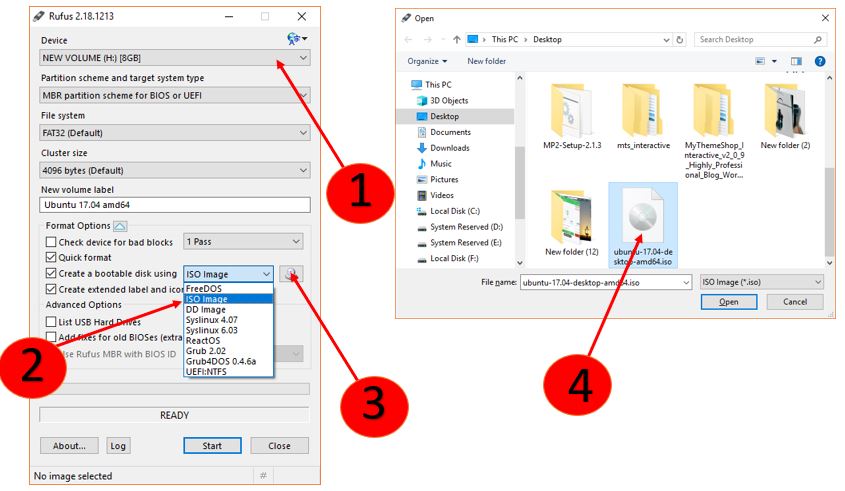

DD WINDOWS ISO TO USB LINUX 6 ZIP FILE
If you do not trust the checksum available in the same folder of the Download then you can ALSO validate it against the release notes for the version of ClearOS you are running.ĭownload and extract the dd zip file and then place the executable in your C:\Windows\ directory.

The reason why we provide this is because you can use this number to validate whether or not the ISO we have produced matches the ISO you have in your Download folder. These 'codes' are nothing more than a mathematical sum of all the data bits of the ISO.

For example: ls -l ubuntu-20.04.1-live-server-amd64.iso. Generally, only unmodified Windows ISO files will work with this option. The tagline for Rufus is: Create bootable USB drives the easy way. If you’ve used Windows in the past to create Linux OS bootable USB drives, you’ve probably run into Rufus somewhere along the way. The Multiple Windows Installer/PE options allow for storing more than one stock Windows Installer per drive. After you retrieve your ISO, wherever that may come from, it’s time to use DD to write that ISO onto a usb thumb drive of some sort. ISO file: sudo dd if artful-desktop-amd64.iso of /dev/sdd bs1M statusprogress. When using it, you are limited to storing one Windows Installer per USB drive (I.E. For example:ĭAVIDs-MBP-5:~ dloper$ cat ~/Downloads/ClearOS-7.46-x86_64-CHECKSUM This file can be accessed or listed by opening it with notepad or concatenated at command prompt to see its contents. What that means is that we've included in the ISO directory a text file that has some information about the ISOs we have provided. To validate you downloaded the right thing and that it valid and not compromised, you can and should run an SHA256 sum on the file.


 0 kommentar(er)
0 kommentar(er)
